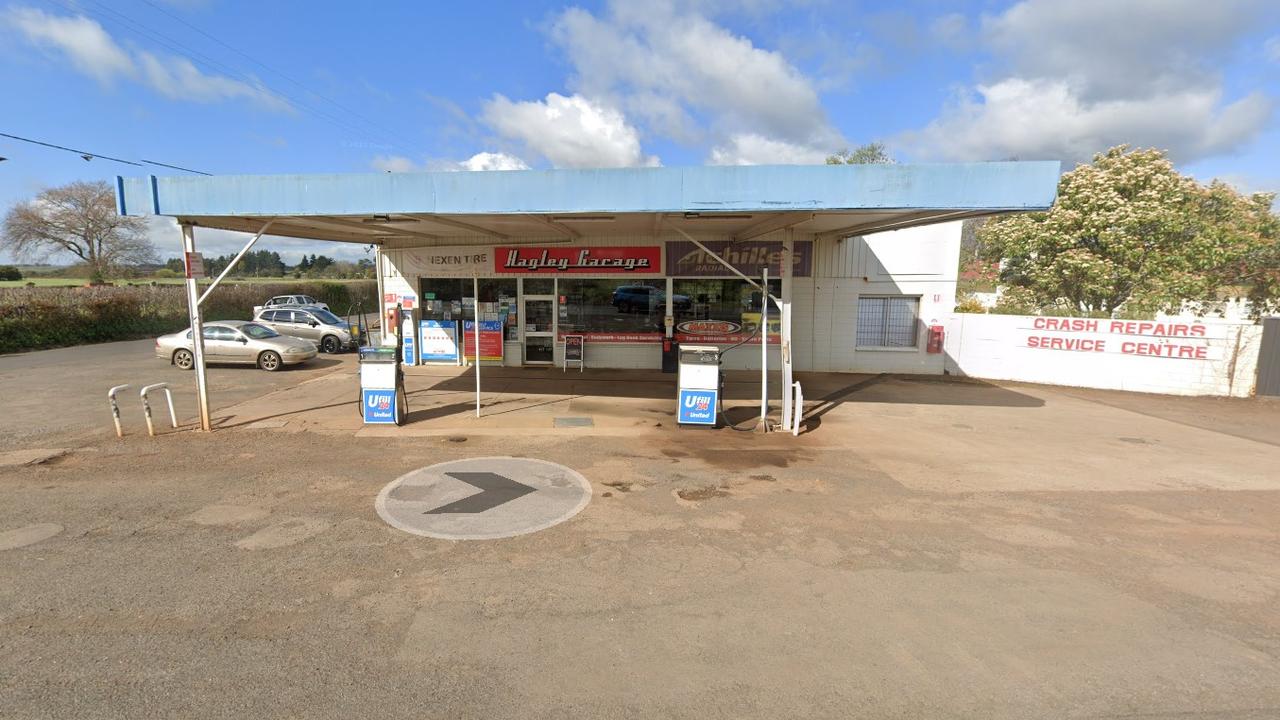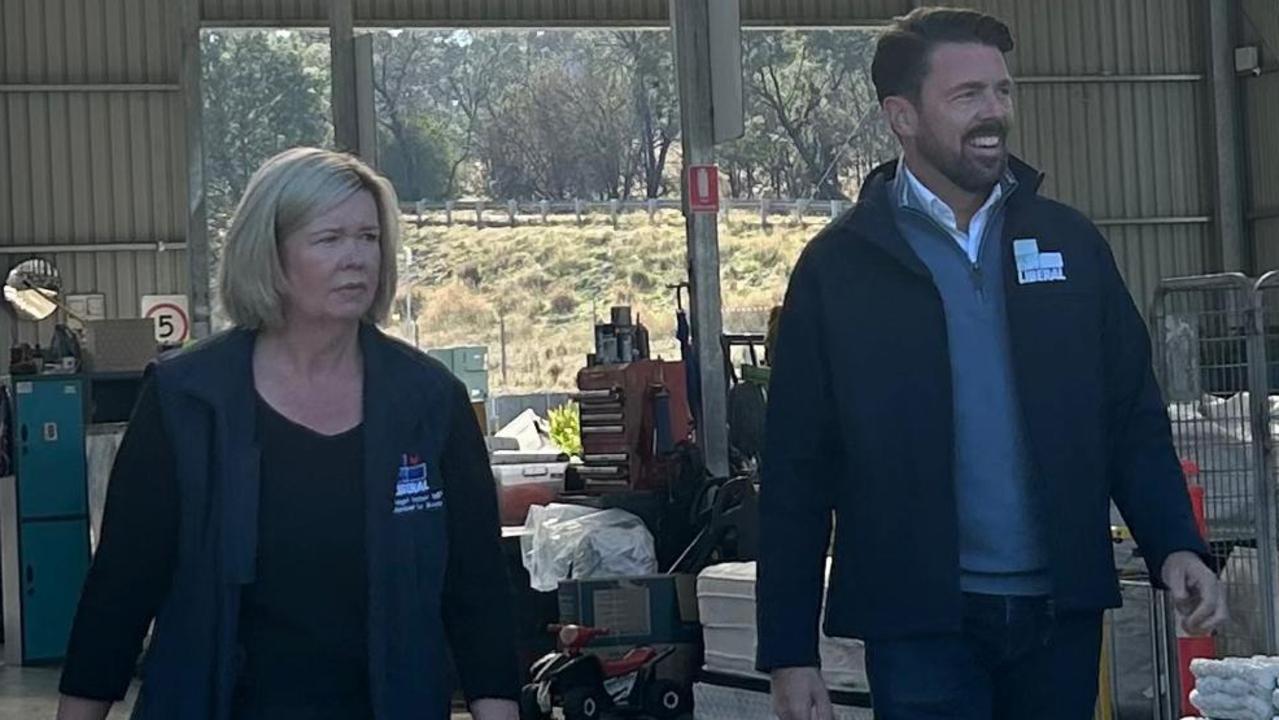$1.6M to ease rental burden as Hobart and Melbourne rents still differ by $1
Thousands of tenants have been bailed out of $1.6M in rental arrears from the COVID-19 pandemic, as the ban for landlords evicting tenants is set to come to an end. LATEST >>
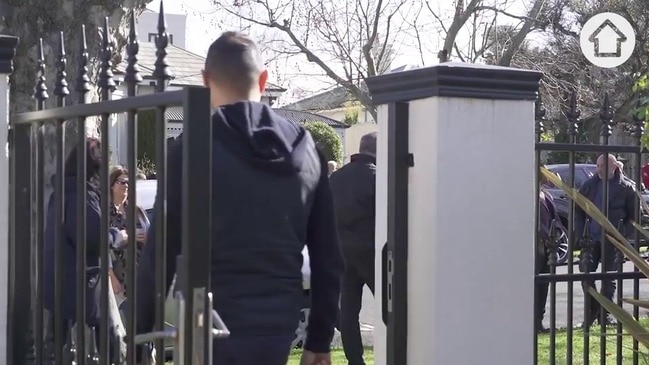
Tasmania
Don't miss out on the headlines from Tasmania. Followed categories will be added to My News.
THE state government has paid out $1.6 million to help tenants struggling to clear rental arrears due to the COVID-19 pandemic.
The government banned evictions for unpaid rent during the pandemic. That ban expires on December 1, although the date is under review.
MORE ON HOUSING:
Figures reveal as of November 13, the Landlord Support Fund had paid out $328,919.38 to 245 landlords.
A government spokesman said that in 56 per cent of cases, the money completely cleared all rental arrears for those tenants.
The Rent Relief Fund has paid out a total of $897,919.50 to 1051 tenants to help with their rent and the Rent Relief Extra Support Fund has paid out $444,969.96 for 471 individuals.
Ben Bartl from the Tenants Union of Tasmania said the schemes had been very helpful for tenants struggling to pay their rent through no fault of their own.
“The $6,000 the government has made available in total for tenants and landlords to get rid of rent arrears is the most generous assistance for tenants and landlords in the country,” he said.
“Its very reassuring to hear that 56 per cent of rent arrears cases have had the arrears paid in full.
“That provided a great deal of reassurance to tenants that they're'e not going to be evicted at the end of there emergency period, but also that landlords are getting some income.
“There will be a lot of relief for residential tenants to know that their debts have been waived.”
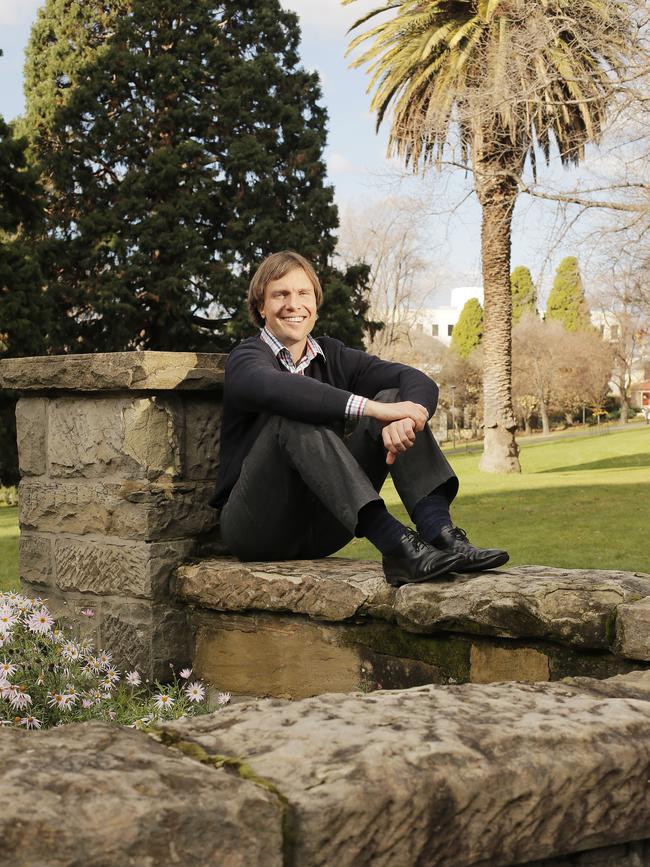
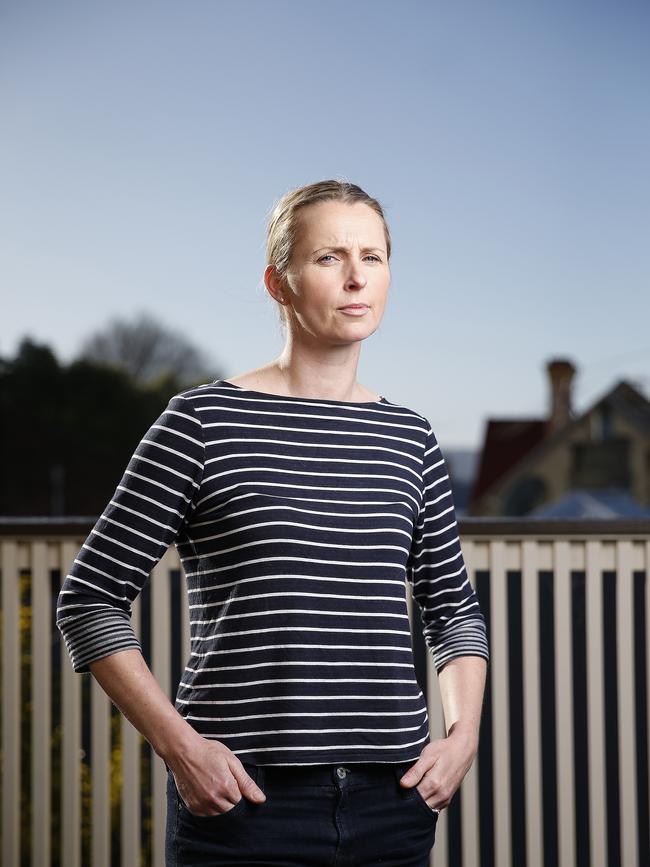
He encouraged tenants who remained in arrears to apply for Rent Arrears Payment Order via the Residential Tenancy Commissioner.
The figures revealed that there had been 82 applications to terminate leases during the pandemic, of which 18 has been successful.
Louise Elliot from the Tasmanian Residential Rental Property Owners said the figures showed that there was still large amounts of money outstanding.
“The programs haven’t cleared the majority of the rent debt,” she said.
“There are many landlords who don’t even know about those programs. There are many people who haven’t applied. It’s just the tip of the iceberg.”
She said that even when any evictions ban expired, landlord were going to face long court delays.
“If you’re owned money, you’re going to be looking at April or May until you’re going to be able to get to court,” she said.
She called on the government to step in and clear all rent arrears owed to landlords.
HOBART ONE OF THE MOST EXPENSIVE CAPITALS TO RENT IN
WHILE Hobart rents have reduced this year, they are far from affordable.
In its latest rental report, CoreLogic found the southernmost capital city’s median rent was only a sliver behind Melbourne — just $1 different at $443 a week.
Hobart rents were more expensive than Adelaide, Perth and Brisbane.
But when you factor in wages, that is where Apple Isle residents cannot compete.
The latest ABS Average Weekly Earnings report showed Tasmanians were paid less than every other state.
And at $1488.10 weekly, Tassie was also well below the national figure of $1713.90.

REPORT: See the Hobart suburbs where it’s cheaper to buy than rent
Alongside Melbourne, CoreLogic revealed Hobart’s rental sector has had a quarterly reduction of -0.2 per cent, which was the largest drop-off in prices across Australia.
Hobart rents also slid backwards by -2.6 per cent over the 12 months through the September quarter — a nation-leading figure.
Tim Lawless, CoreLogic head of research, said an increase in supply in recent months “continues to weigh on asking rents”.
While some cities have seen hardly any change in rental yields — comparing current figures to 12 months ago — Hobart has receded from 5.17 per cent to 4.67 per cent.
However, this figure is higher than the nationwide gross rental yield of 3.77 per cent, down from 3.99 per cent at the same time last year.
Although national rental yields are down slightly on last year’s levels, Tim said mortgage rates had reduced by a larger amount.
“Investor loans are generally attracting a mortgage rate of around 2.9 per cent compared with a gross yield across most capital cities that is above 4 per cent for houses and 5 per cent for units,” he said.
“This implies fewer investors would be relying on a negative gearing strategy.”
Meanwhile, new research from financial service group Aussie has revealed a number of suburbs where Tasmanians pay less in mortgage repayments than they would in rent.
Its data showed houses in about half of Hobart’s suburbs were more affordable for homeowners than renters, a figure that was almost identical to that of five years ago.
Aussie’s Buy vs Rent report also showed the number of suburbs where a renter can find a unit that was cheaper than a mortgage had decreased by 9 per cent compared to 2015.

